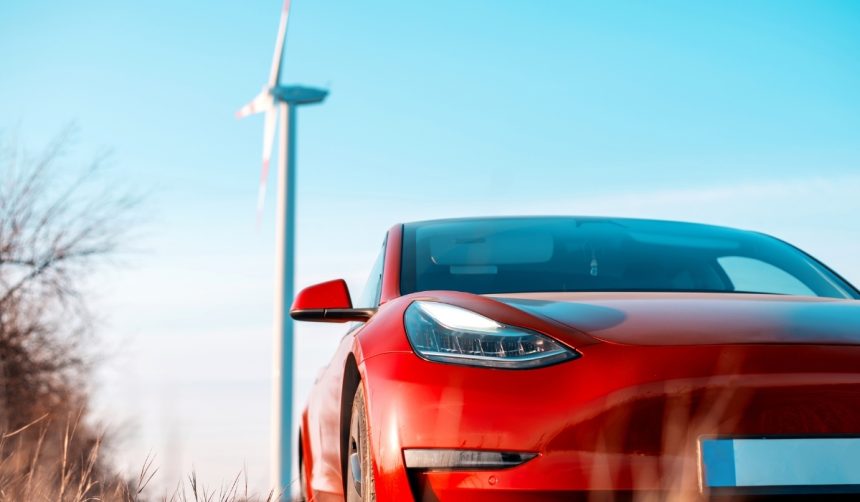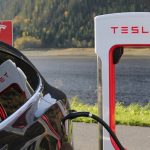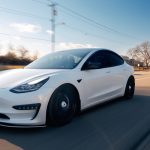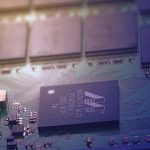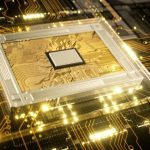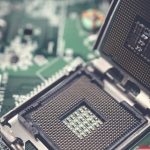Tesla has intensified its focus on the Optimus humanoid robot, with CEO Elon Musk identifying it as the company’s most ambitious and potentially significant project ahead of all others. Initiatives within Tesla have shifted to prioritize Optimus, reflecting the company’s long-term interests and Musk’s conviction that it will play a crucial role in the future of both the business and broader society. Many in the robotics and technology sectors are watching Optimus’s progress closely, noting that recent demos at public events have showcased its increased capabilities, even as major technical and manufacturing challenges remain.
While reports about Optimus initially circulated in 2021 following Tesla’s AI Day, coverage from that period showed greater skepticism among industry observers and focused mainly on concept renders and early-stage speculation. Since then, the company has moved from unveiling vague prototypes to demonstrations where physical robots have performed tasks such as serving drinks and interacting with event guests. Current updates center on manufacturing readiness and the effort required to transition from small-scale prototypes to mass production, indicating a shift from vision to the realities of implementation. Earlier discussions rarely mentioned specific production targets or cost frameworks, whereas the latest news outlines numerical goals and projected valuations.
What Makes Optimus a Top Priority for Tesla?
Elon Musk has repeatedly underscored that Optimus could become Tesla’s flagship product, surpassing electric vehicles in importance to the company’s value. Speaking to investors and the public, Musk stated that the potential market for humanoid robotics exceeds that of the automotive sector, predicting widespread adoption for both labor and personal applications. He has referred to the robot’s potential as “overwhelmingly the value of the company.”
What Obstacles Stand in the Way of Scaling Optimus?
Tesla faces a range of technical hurdles, especially in developing hands with human-like dexterity—an aspect that engineers have found “very difficult.” Mass production also presents logistical and technological challenges, with previous milestones focused more on conceptual development than large-scale manufacturing. Scaling production is now viewed as a central barrier that must be addressed to reach Musk’s goal of one million units produced annually by 2030.
“Tesla has big plans for Optimus production,”
Musk stated, detailing his aim to build 5,000 units as early as 2025.
How Does Optimus Impact Tesla’s Future Value?
Estimates shared publicly by Musk and Tesla suggest Optimus might comprise 80% of the company’s future valuation. The brand has set an ambitious target for eventual production, projecting global demand for over 10 billion humanoid robots, with a target unit price around $20,000 to make it widely accessible. Musk summarized his expectations by predicting,
“It will be the biggest product of all-time by far.”
These assertions have reoriented Tesla’s long-term strategic direction, moving emphasis away from vehicles toward robotics and artificial intelligence.
Looking at other humanoid robotics projects worldwide, Tesla stands out for the scale of its ambition and brand visibility. However, technical complexity and the uncertain path to commercialization persist as major questions. Readers should be aware that despite promises and prototypes, the leap from demonstration to affordable, safe, and reliable household bots remains substantial. Market adoption will depend not only on overcoming engineering challenges, but also on ensuring safety, affordability, and regulatory compliance—an ongoing process for the entire robotics industry. While Tesla’s targets are bold, progress will be evaluated by realized milestones and practical deployments over the next several years.
- Optimus is set to become Tesla’s primary business focus.
- Technical and manufacturing hurdles remain for mass production.
- Long-term value of Optimus depends on successful large-scale adoption.

